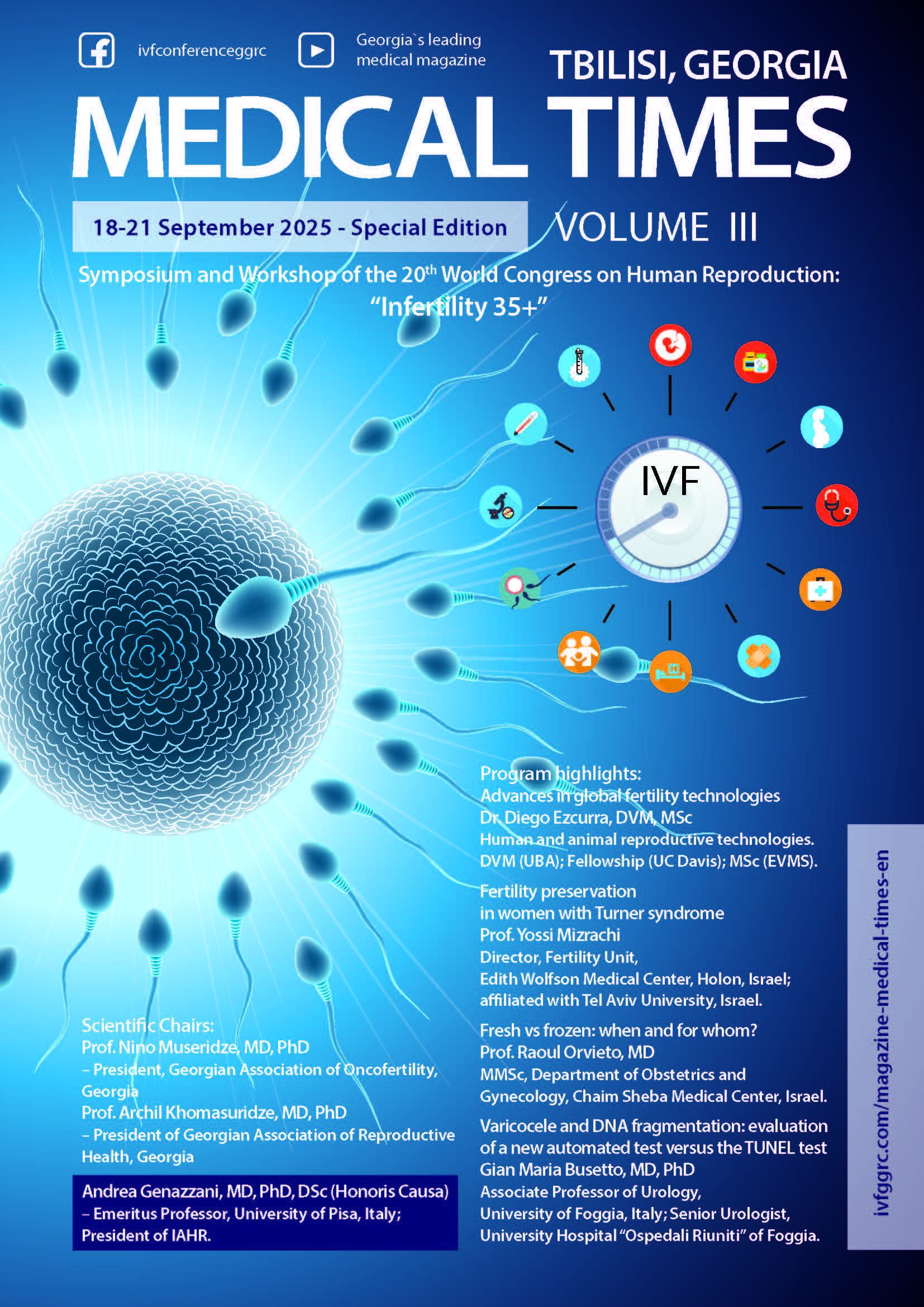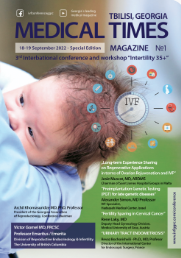Female Orgasmic Dysfunction and Gynecological Pathologies
DOI:
https://doi.org/10.71419/mtggrc.2025.33Keywords:
anorgasmy, ovarico-varicocele, dilatation of myometrium veins, gynecological pathologiesAbstract
Background: Despite available data on the influence of gynecological pathologies on sexual dysfunction, there is no clear scientific evidence on the influence of sexual disorders, such as anorgasmy, on the development of gynecological pathologies.
Objective: The objective of the study was to examine the relationship. The Objective of the study was the detection of the relationship between women’s sexual functions (orgasm and libido) and gynecological pathologies.
Methods: Six hundred seventy-six sexually active women (aged 18-55 years; mean age, 31.7 ± 3 years) were investigated.. They were divided into three groups: I gr. – 148 women OVVC, II gr. – 125 women with DMV and III gr. – 403 women with other gynecological pathologies. In all groups, the frequency of orgasms and the level of libido were assessed through interviews.
Results: In I group rate of women with anorgasmy (70,9%) and rare orgasms (20,9%) was significantly higher (P<0.01) than rate women, who had orgasms often (6,1%) or always (2,0%). In II group rate of women with anorgasmy (39,2%) and rare orgasms (44,0%) was significantly higher (P<0.01) than women, who had orgasms often (12,8%) or always (4,0%). In III group generally was observed prevalence of women without absolute absence or presence of orgasms. As of relationship between intensity of sexual drive (libido) and frequency of orgasms – in all groups there was direct dependence - women with anorgasmy and rare frequency of orgasms mainly had low or medium libido and in women, who had orgasms often or always libido was mainly medium or high.
Conclusions: Orgasmic dysfunctions (anorgasmy) can promote a congestive process in the pelvis, development of varicosis of ovarian and pelvic veins (with corresponding other gynecological complications), which themselves can determine chronic pelvic pain that deepens the anorgasmic process. In younger ages and early stages of the beginning of sexual life, timely management of anorgasmy might be a good prevention for further development of gynecological pathologies. The issue needs further investigation to reveal the cause-and-effect relationship.
Downloads
Published
Issue
Section
License
Copyright (c) 2025 Levan Kobaladze, Sofia Andguladze (Author)

This work is licensed under a Creative Commons Attribution 4.0 International License.
In case an article is accepted for publication it is allowed to combine the article with other research, to conduct new research on the article, or to make different arrangements on condition that the same license is used including commercial purposes.
As an author of an article published in the Medical Times, you retain the copyright of your article and you are free to reproduce and disseminate your work.














